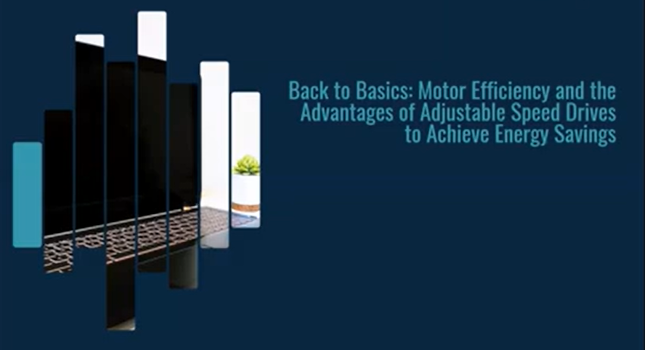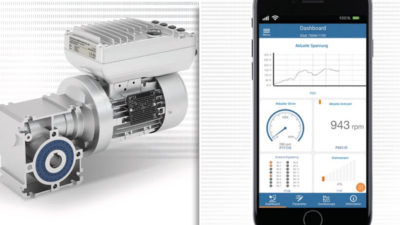Motors and drives can produce energy savings through motor efficiencies, drive attributes including programming and by understanding laws, standards and designs of motor-drive systems.

Learning objectives
- Review North America’s energy legislation for induction motors and how it has changed over the years, including the most recent changes.
- Understand future energy legislation driven by IEC international laws including IE4, IE5 and IE6, and the technologies emerging to support these requirements.
- Consider the importance of properly sizing motors and drives for your application.
- Understand the difference between constant and variable torque loads when using a drive.
- Provide an overview of the affinity laws on variable torque loads and the relationship between speed and power to achieve energy savings, looking at centrifugal pump and fan application examples.
- Discover how to properly program a drive’s volts per hertz pattern to maximize energy savings.
- Learn the features and benefits of Energy Savings Estimator software to evaluate your return on investment with metrics such as pay-back period and kilowatt hours saved.
Motors and drives can produce energy savings through motor efficiencies, drive attributes including programming and by understanding laws, standards and designs of motor-drive systems. Expert presenters look at standards, technologies, motor and drive sizing, load laws and definitions with examples. Software can help estimate motor-drive energy savings with metrics that matter for specifying motors and drives.
Presenters:
- Glenn Cline, Senior Technical Specialist, Low Voltage Motors, Motors & Drives Division, Toshiba International Corp.
- Joshua Jagnanan, Senior Application Engineer, Low Voltage Adjustable Speed Drives, Motors & Drives Division, Toshiba International Corp.



